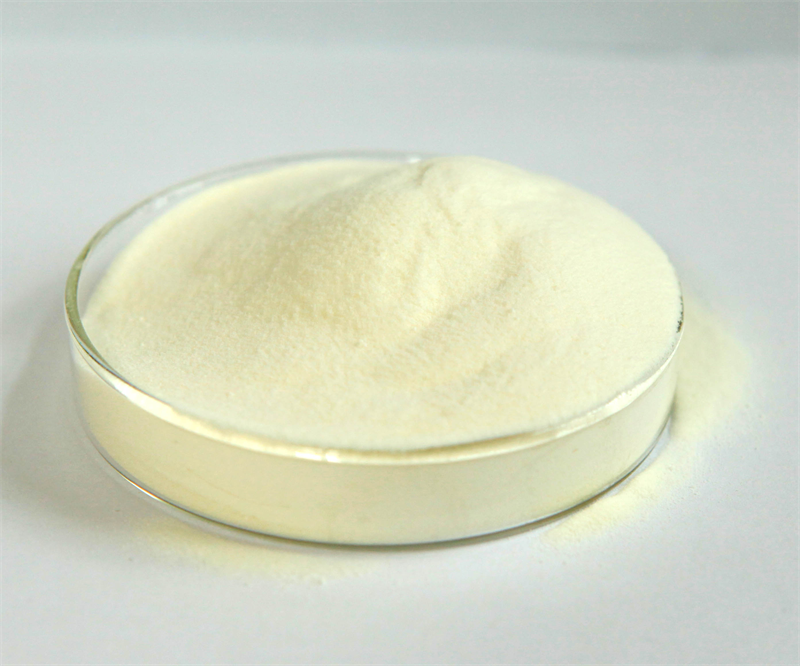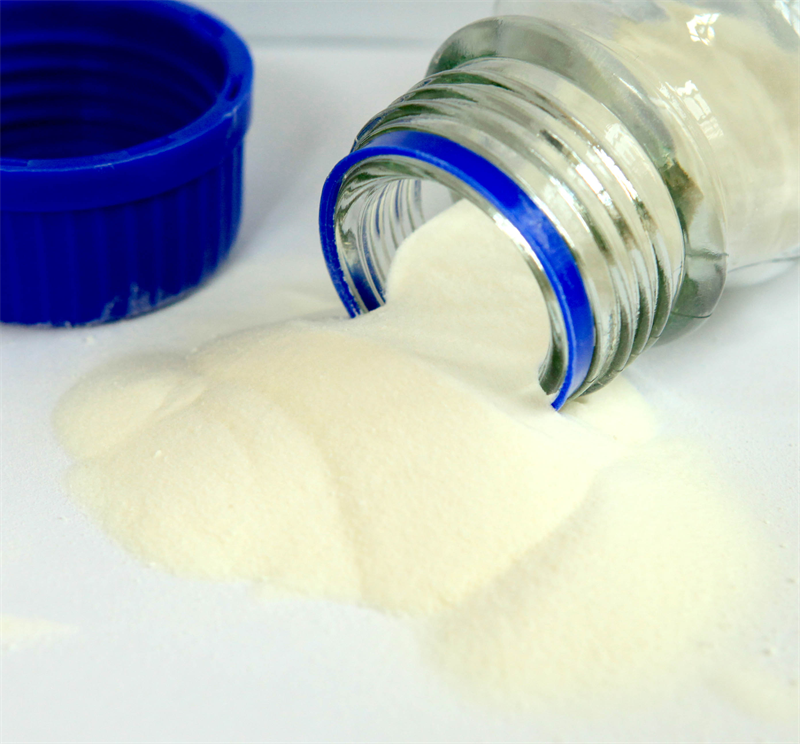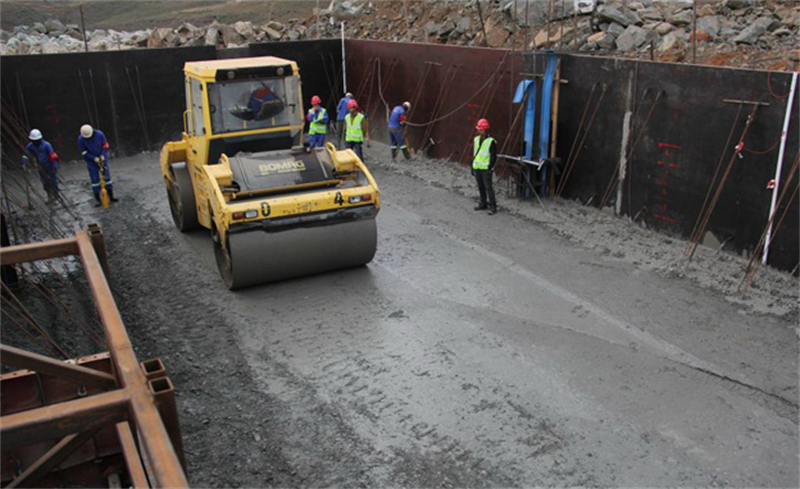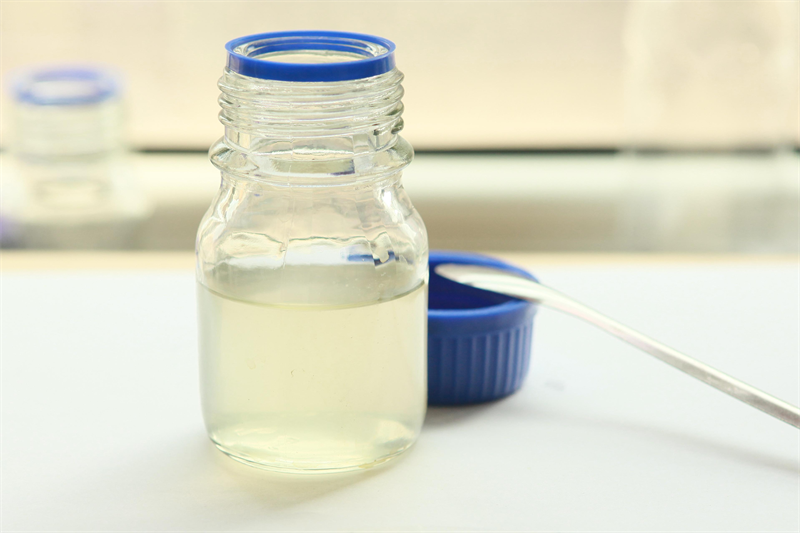Polycarboxylic acid water reducing agents may encounter many problems in practical applications. Now let’s enumerate the common problems encountered in engineering applications and their solutions.


The first is the mud content of the sand. When the mud content of the sand is high, the tax reduction rate of the polycarboxylic acid water-reducing agent is significantly reduced, and the change is not obvious when the content is increased. Solution: Use this batch of sand for low-grade ordinary concrete; strictly control the mud content of the sand and require the mud content to be at least less than 2%.
The second is the insoluble problem of sand and polycarboxylic acid water reducing agent. When the gradation, mud content, and mud content of sand meet the requirements, it does not dissolve with polycarboxylic acid water reducing agent. The chemical composition conflicts with the composition of the polycarboxylic acid water-reducing agent, and the mixed concrete has no fluidity. Solution: For each batch of sand entering the site, if the physical indicators are qualified, retest the concrete construction mix ratio to remove the insoluble sand from the site.
Then the concrete slump loss is fast, which requires the water reducing agent manufacturer to add a slump retention agent, and then use the on-site raw materials to conduct a retest of the mix ratio to adjust the slump loss to meet the construction requirements.


The last is the phenomenon of concrete bleeding. Under rainy conditions, C50 concrete was poured and the concrete was unloaded from the tanker in good condition, but after the concrete was vibrated, there was bleeding and segregation. Solution: Reduce water consumption, lengthen mixing time, reduce 0.1% content, concrete vibrating is not bleeding, and make concrete specimens with 28-day compressive strength to reach the design strength.


Post time: Aug-31-2021






